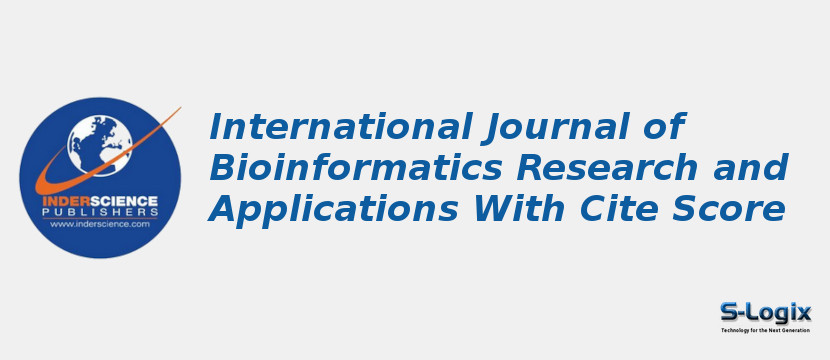Bioinformatics is an interdisciplinary research field that combines biology, computer science, mathematics and statistics into a broad-based field that will have profound impacts on all fields of biology. The emphasis of IJBRA is on basic bioinformatics research methods, tool development, performance evaluation and their applications in biology. IJBRA addresses the most innovative developments, research issues and solutions in bioinformatics and computational biology and their applications.
Journal Home: Journal Homepage
Editor-in-Chief: Prof. Yi Pan
scope: Databases, bio-grid, system biology Biomedical image processing, modelling and simulation Bio-ontology and data mining, DNA assembly, clustering, mapping Computational genomics/proteomics Silico technology: computational intelligence, high performance computing E-health, telemedicine Gene expression, microarrays, identification, annotation Genetic algorithms, fuzzy logic, neural networks, data visualisation Hidden Markov models, machine learning, support vector machines
Print ISSN: 1744-5485
Electronic ISSN: 1744-5493
Abstracting and Indexing: Scopus
Imapct Factor :
Subject Area and Category: Biochemistry, Genetics and Molecular Biology,Clinical Biochemistry,Engineering,Biomedical Engineering,Health Professions,Health Information Management
Publication Frequency:
H Index: 17
Q1:
Q2:
Q3:
Q4: Medicine (miscellaneous)
Cite Score: 0.7
SNIP: 0.305
Journal Rank(SJR): 0.184
Guidelines for Authors: International Journal of Bioinformatics Research and Applications Author Guidelines
Publisher: Inderscience Enterprises Ltd.
Country: United Kingdom
